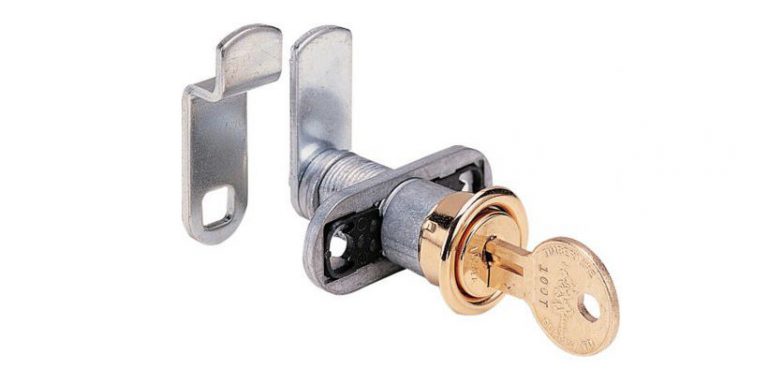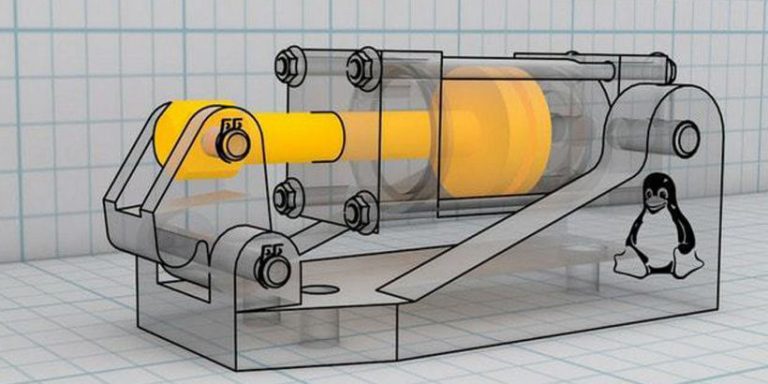Cutting Speed Graph for Various Materials in Turning, Drilling and More CNC Machining Processes
In CNC machining and manufacturing, cutting speed is important to the procedure outcome and also has the greatest effect on tool life. Cutting speed is the spindle speed, while it can be considered as the speed of tool or the work relocates at the point of cut. Based on the different worksurface products as well as reducing tools, select a proper cutting speed according to the cutting rate chart for different materials.
What is Cutting Speed?
Cutting speed, likewise referred to as surface speed, refers to the rate at the outside edge of the tool as it is cutting. It is determined in surface feet per min (SFM). The cutting rate is generally depending on the sort of materials as well as cutting tools, pertaining to their solidity. The more challenging the product, the slower the cutting speed ought to be. The higher the hardness of reducing devices or drill, the quicker the reducing rate recommended. Furthermore, the cutter in larger size has a higher surface area speed when it is turning at the very same changes per minute as the smaller tool. The partnership (estimation formula) between RPM and also Spindle RPM = SFM/Tool Size X 3.82 x tooling adjustment element.
Cutting Speed Graph for Various Materials in Several CNC Machining Processes
Below is the chart with the advised cutting speed for various materials.
1. Materials: cutting rate for aluminum, brass, bronze, cast iron, magnesium, copper, stainless steel, carbon steel, titanium, etc.
2. Machining procedure: cutting speed for turning, drilling, reaming, as well as finish milling.
3. Please keep in mind the table is applicable for high-speed steel tooling, when you use carbide tooling, enhancing or lowering the cutting speed based on cutting tool firmness, for instance, multiply the noted rates by an element of 2 to 4, and also the speed needs to be lower for carbon steel tool.
4. All speeds are in SFM (feet/min).
| Material | Turning | Drilling | Reaming | End Milling (Roughing) |
|
| Aluminum | 400-1000 | 250-600 | 100-300 | 600 | |
| Brass | 225-300 | 150-300 | 130-200 | ||
| Bronze | 150-225 | 100-250 | 75-180 | Medium:250 Hard:125 |
|
| Cast Iron | Soft | 100-150 | 75-150 | 60-100 | 60 |
| Medium | 75-120 | 70-110 | 35-65 | ||
| Hard | 50-90 | 60-100 | 20-55 | 50 | |
| Copper | 100-200 | 60-100 | 40-60 | ||
| Magnesium | 600-1200 | 300-650 | 150-350 | ||
| Stainless Steel | Free machining | 100-150 | 65-100 | 35-85 | 304:55 17-4PH:35 |
| Other grades | 40-85 | 15-50 | 15-30 | ||
| Carbon and Alloy Steel | Free machining | 125-200 | 100-145 | 60-100 | Low C:75 4140:50 4340:50 |
| Less than 0.3% C | 75-175 | 70-120 | 50-90 | ||
| 0.3% to 0.6% C | 65-120 | 55-90 | 45-70 | ||
| more than 0.6% C | 60-80 | 40-60 | 40-50 | ||
| Titanium | 25-55 | 30-60 | 10-20 | Ti-6AI-4V:25 | |






